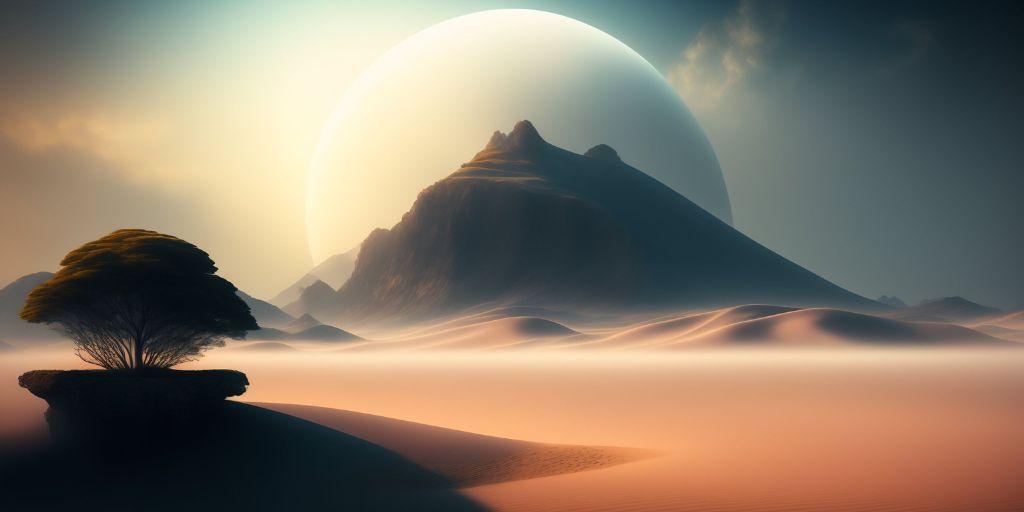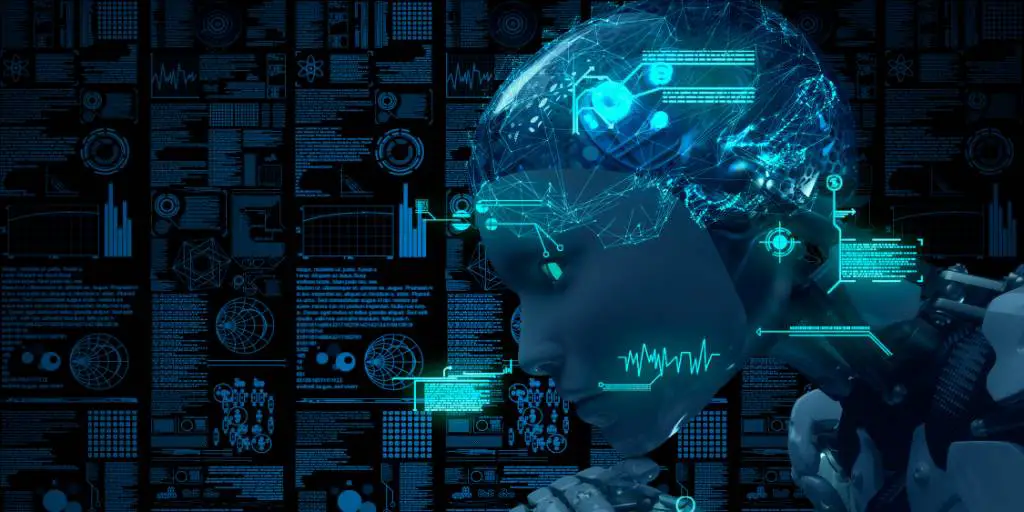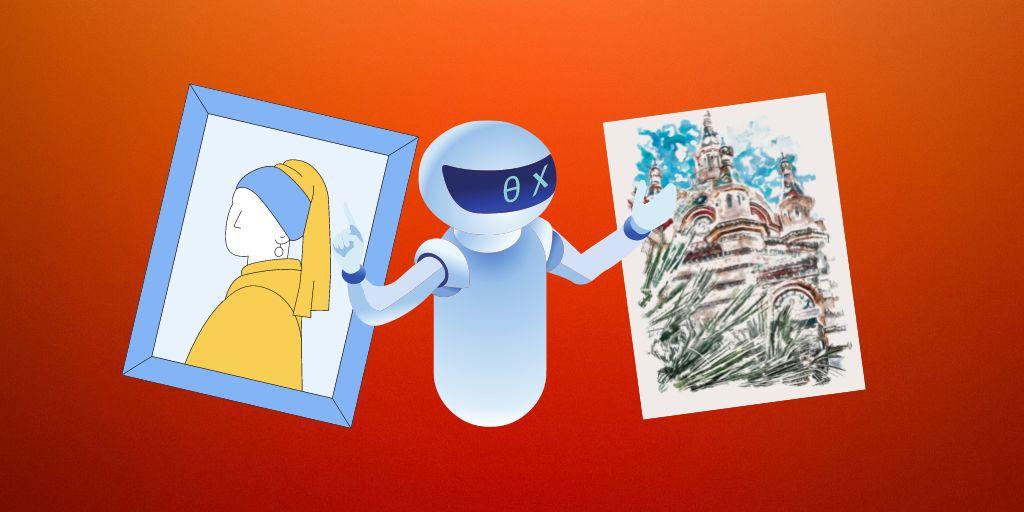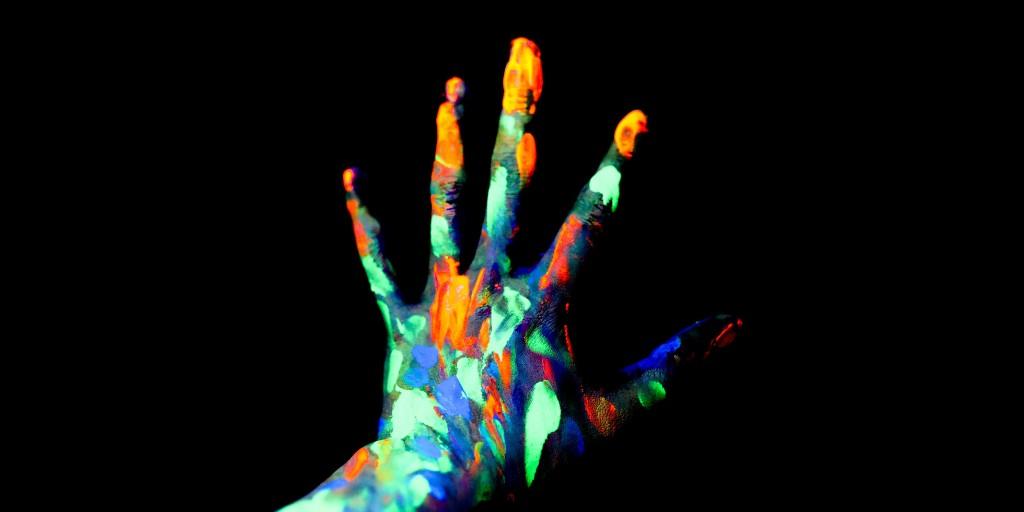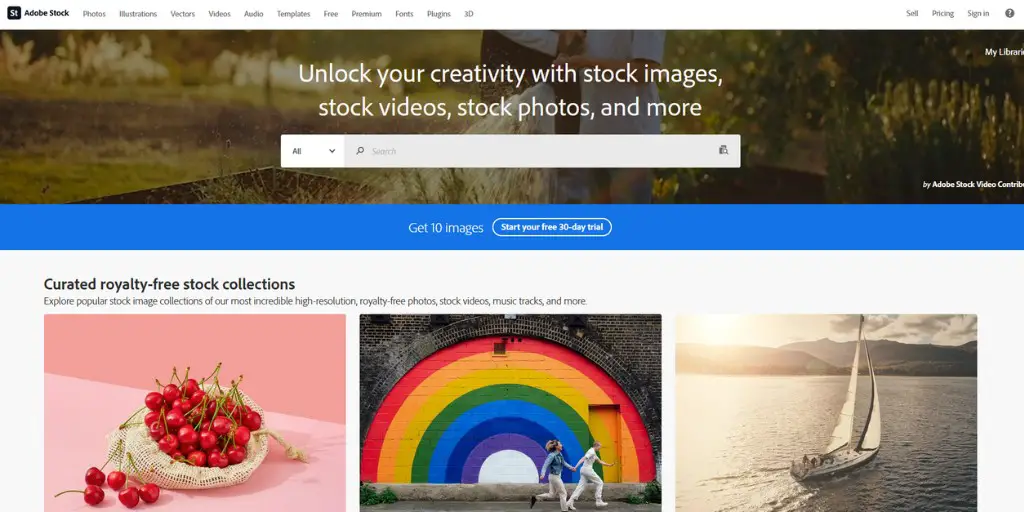Artificial intelligence art is the latest craze in the art world. It’s like having a robot artist creating stunning paintings, videos, and music that even real artists can’t tell apart.
People are debating whether AI should be considered an ‘artist’ – but one thing is for sure – it’s certainly revolutionizing the industry!
Even as we explore the potential of AI technology, it’s essential to be mindful of the ethical implications that come with it.
In this article, I will take an inquisitive approach to examine the moral issues concerning AI art generators and analyze how they could influence the art world.
So, are AI art generators safe? Let’s dive in.
Definition of AI Art Generators
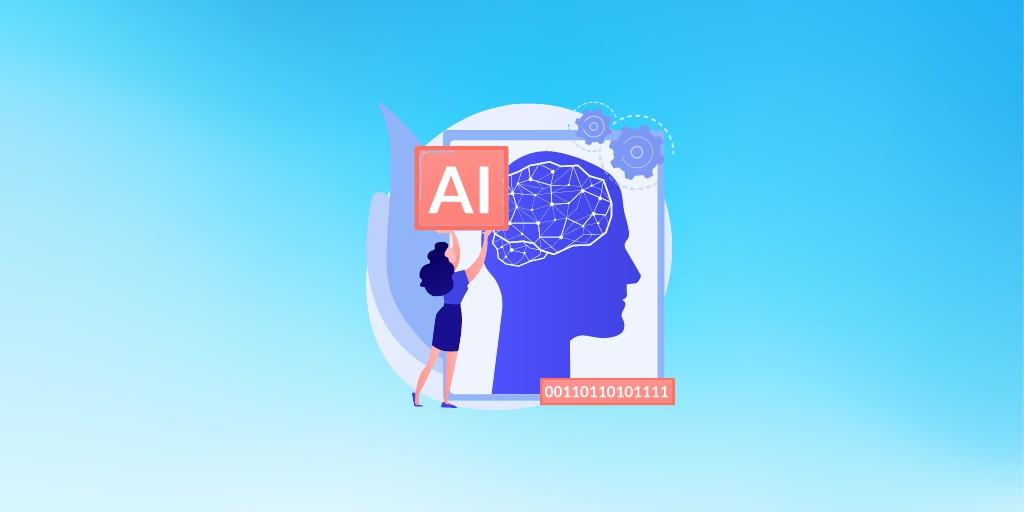
Let’s talk about AI art generators: they’re like robots that can create works of art all by themselves!
They’re trained using big sets of images, videos, or music, so they can come up with amazing works that look a lot like the ones in the dataset.
How cool is that?!
That said, AI algorithms have to go through intensive training with datasets containing thousands or millions of art pieces.
Once they’ve been built, they can produce works of art that are very similar to the ones in the dataset.
We can call it a ‘deep learning’ experiment with the AI as the student. Yes, because AI art generators are really smart students.
They take a look at thousands of pieces of artwork and learn from them, giving them the ability to create new and unique pieces – just like real artists!
Ethical concerns
AI art generators are a hot topic with a lot of buzzes, but they also raise some ethical questions.
For example, what does it mean for the future of digital art and design when AI can generate works that are indistinguishable from human-made creations?
How do we ensure that these creations are truly original, and not just copies of existing works?
These are just some of the ethical concerns raised by AI art generators and in this section, I will talk about some of these in a detail.
Copyright Infringement
The tricky thing about AI art generators is that it can be difficult to identify who the rightful owner of a work of digital art is.
After all, with their ability to create human-like artwork, it’s hard to tell the difference between an AI product and one crafted by a real pair of hands!
The legal debate over who owns the rights to AI-generated art is heating up and could lead to some interesting courtroom battles in the near future.
Not only that, but it’s also turning into a real pain for human digital artists because it’s becoming increasingly difficult for them to protect their work from unauthorized use.
Creativity and Originality
Another thing that AI art generators have come under fire for is compromising creativity.
People worry that they’re merely churning out re-hashed images based on past designs and failing to deliver something truly new and unique.
However, one can also argue that being able to reproduce design elements with a level of precision only achievable by machines could be more creative than doing it yourself!
Some argue that the only real form of creativity is from human digital artists who can think for themselves and come up with something totally unique.
But you know, AI does a pretty good job too!
Bias and Discrimination
As we all understand, AI art generators can be a bit discriminatory. If the dataset they are trained on is selective, then chances are that your artwork will be too!
Who knew one could be guilty of bias simply by buying a painting?
For instance, if a training dataset mostly contains images of one particular style, the AI art generator could be biased and not create artwork that includes other styles. Better diversify those datasets!
This can lead to a lack of diversity in the art produced by AI and can also perpetuate negative stereotypes.
The Impact on the Design Industry
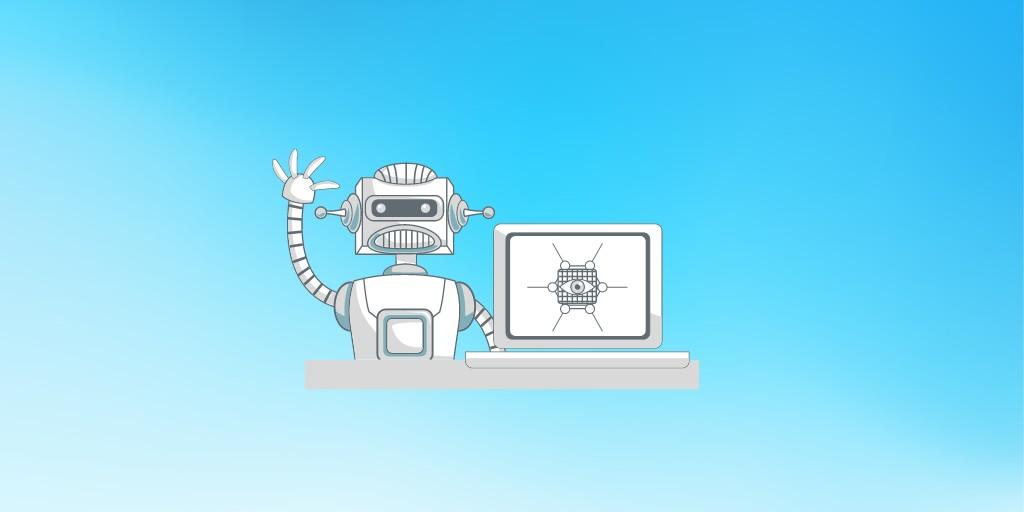
As AI art generators are becoming more and more advanced, it is leaving some to worry that digital art and design professionals may soon be a thing of the past.
In fact, they are currently capable of creating digital art for video games, books, posters, websites, or social media.
You might think the rise of AI digital artists could mean fewer job opportunities for humans, but actually, it may just mean you don’t have to go to school and spend thousands on a design degree.
Who knows, maybe robots could be the key to a college-free future!
Economic impact
When it comes to art, AI generators could have a major effect on the market. As they become more advanced, they could create pieces that look just as good as art created by humans – and maybe even better!
Who knows? The possibilities are endless!
That said, some people are worried that with the rise of AI-based art generators, demands for human artists will decrease, adversely affecting the art industry.
On the flip side though, people who don’t have any artistic background could benefit from this as they can now create works of art as well!
Impact on Artists and Art Education
Another issue is the impact on artists and art education. As AI art technology becomes more and more advanced, the need for human artists is diminishing.
Soon enough, AI could take over in creating digital art for video games or movie special effects. Let’s just hope they don’t become so good that they completely replace us!
In fact, with algorithms taking over the artist role, universities may see a decrease in enrollment for their art courses.
Potential for Democratization of Art Creation
AI art generators are proving to be a double-edged sword in the world of art. On one hand, they can create unique and innovative works of art in no time.
But on the other hand, ethical concerns arise when it comes to copyright infringement, creativity, bias, and discrimination.
It’s essential to recognize the potential repercussions that come with using these technologies to create art. We must use them in a responsible, mindful way to ensure their positive effects on the arts and cultural production.
Additionally, it is integral to recognize that AI-generated art should be considered as another technique among the creative toolset and not a replacement for human imagination and ingenuity.
Conclusion
To ensure that AI art generators are utilized in a safe and responsible way, it is important to have protocols in place.
These regulations should be designed to prevent potential bias or discrimination while safeguarding the rights of human artists. Formulating clear guidelines can help with this goal.
This should be in the near future. We need to see some boundaries.
Besides that, educating the public on AI art generators and their respective capabilities and restrictions is also important. This would help them make informed decisions on whether or not to use these technologies.
As AI art generators gain traction, it is essential that we remain open to discussing the ethical implications of these technologies. This will help us identify any potential issues and take corrective measures if necessary.
BONUS FOR YOU: Get the Digital Product Starter Kit and start building your own online business today.
Here Are Some of My Favorite Tools For Print-on-demand
As a graphic designer and POD seller, I’ve had the opportunity to discover different helpful products and tools that can be time-saving and make the process of creating your designs a bit smoother.
DESIGNS: Kittl (best for t-shirt designs), Vexels (for professional designs), Placeit (for unique product mockups)
GRAPHICS: Creative Fabrica (cheapest marketplace), Envato Elements (more variety)
SELLING DESIGNS: Creative Fabrica (for advanced graphic designers)
ETSY:
- Research – Alura (best), EverBee ( beginners), Sale Samurai (cheap)
- Fulfillment – Printul (beginners), or Printify (advanced).
Disclosure: Some of the links above may contain affiliate partnerships, meaning, at no additional cost to you, NechEmpire may earn a commission if you click through to make a purchase.
- Does Changing Listing Photos Affect Your Etsy Listing in Search? - July 11, 2025
- How Long Did It Take Me to Get a Steady Income from Etsy? - July 9, 2025
- How to Change an Image Background with Canva Background Generator - June 13, 2025

